Designing a home is never just about picking furniture or choosing wall colours. It is about creating a place that feels personal, welcoming, and suited to everyday life. In Dubai, where style and comfort often go hand in hand, interior design has become a priority for many homeowners. The challenge is that costs can vary widely, and without a clear understanding of what drives them, it can be difficult to plan a realistic budget.
Every property has its own story, and every owner has different expectations. Some want a quick refresh with a modern look, while others seek a complete transformation with custom finishes. Both approaches are valid, but they also come with very different price tags. Knowing what influences the final figure is the first step to managing costs effectively.
What Shapes Interior Design Costs
The expenses for home interior design Dubai residents face are shaped by a number of key factors. Property size plays a huge role. A compact flat requires far less furniture, lighting, and decorative features than a large villa. Similarly, the scope of work makes a difference. A full renovation with bespoke joinery and structural changes will naturally cost more than a surface-level update.
The desired style also matters. Minimalist designs with simple lines and neutral tones are often less expensive to achieve. In contrast, luxury interiors with imported materials, statement furniture, or handcrafted features can increase the budget considerably. Homeowners need to decide early whether they are aiming for functionality, luxury, or a blend of both.
Another factor is the designer’s experience. Established firms typically charge higher fees because they bring expertise, trusted supplier networks, and proven project management skills. While hiring a newcomer might save money, it can carry risks in terms of quality, timing, and overall finish.
Typical Price Ranges in Dubai
In general, smaller apartments can be redesigned for anywhere between AED 30,000 and AED 70,000. This usually covers furniture selection, colour schemes, and a few custom touches. Larger villas, however, may cost well over AED 200,000, especially if the project involves high-end finishes, bespoke furnishings, and structural modifications.
It is worth noting that these figures are broad estimates. Every project is unique, and prices will always reflect the complexity of the work. Some designers charge a flat fee, while others take a percentage of the overall project cost. Asking about fee structures in advance helps avoid confusion and ensures transparency from the beginning.
The Role of Materials and Finishes
Materials are often the single biggest cost driver. Imported marble, solid wood flooring, and custom-made cabinetry will all raise the final bill. Even smaller choices, such as the type of upholstery, light fittings, or decorative accessories, can make a noticeable difference once added together.
Finishes add another layer of variation. Glossy kitchens, intricate wall panelling, or Italian-made tiles elevate a home but inevitably come at a premium. Homeowners should be clear about which finishes are essential and which can be adjusted to stay within budget. Choosing durable, timeless options often makes more financial sense than chasing fleeting trends.
Additional Services That Influence Price
Interior design is about more than decoration. Many projects include space planning, project management, and sometimes even construction work. These services add to the cost but also bring value. For example, knocking down walls to create an open-plan living space requires approvals, contractors, and extra materials. Similarly, integrating smart home technology or a bespoke lighting plan will increase expenses but also transform daily living.
The more comprehensive the service, the higher the investment. Still, for many homeowners, the convenience of a designer handling everything from concept to completion is worth the additional cost.
Balancing Cost and Value
It is easy to focus on the upfront price, but the long-term value of professional design should not be overlooked. A well-planned interior makes life more comfortable, improves functionality, and often increases a property’s value. In Dubai’s competitive property market, a stylish and well-finished home is more likely to stand out to buyers or tenants.
Spending wisely is about making choices that last. Opting for high-quality furniture that can be reconfigured in different ways, or investing in neutral finishes that won’t quickly date, helps ensure that the design remains relevant and practical for years to come. Homeowners who think in terms of value rather than cost often find they make better decisions.
Planning Ahead and Managing Expectations
One of the best ways to manage costs is to plan early. A clear brief with defined goals, priorities, and budget limits allows designers to propose realistic solutions. Without this, projects can quickly spiral as new ideas are added along the way. Setting aside a contingency fund is also important, as unexpected expenses almost always arise.
Equally, honesty with the designer is crucial. Being upfront about how much can be spent ensures that recommendations stay within budget and reduces the risk of disappointment later. Open communication also makes it easier to adjust plans if costs begin to climb.
Common Mistakes to Avoid
One of the biggest mistakes homeowners make is underestimating how much small details can add up. Lighting, curtains, and accessories might seem minor, but collectively they can add tens of thousands of dirhams to a project. Another mistake is focusing too much on looks without considering practicality. A sofa may look stylish in a showroom, but if it is uncomfortable or poorly suited to the space, it will soon feel like a wasted investment.
Rushing the process is also a common pitfall. Good design takes time. Cutting corners to finish quickly often leads to compromises in quality that cost more to fix later. Patience, along with a structured timeline, usually delivers the best results.
Final Thoughts
The cost of interior design in Dubai is shaped by many elements: property size, style, materials, and the designer’s expertise. While the figures can seem daunting at first, the outcome is often worth it. A thoughtfully designed home is not only a pleasure to live in but also a strong asset in the property market.
Homeowners who approach the process with clear goals, realistic budgets, and open communication with their designer are most likely to achieve the results they want. By focusing on value rather than just cost, they can create a space that balances beauty, comfort, and long-term appeal. Designing a home may be an investment, but in the end, it is also an investment in quality of life.

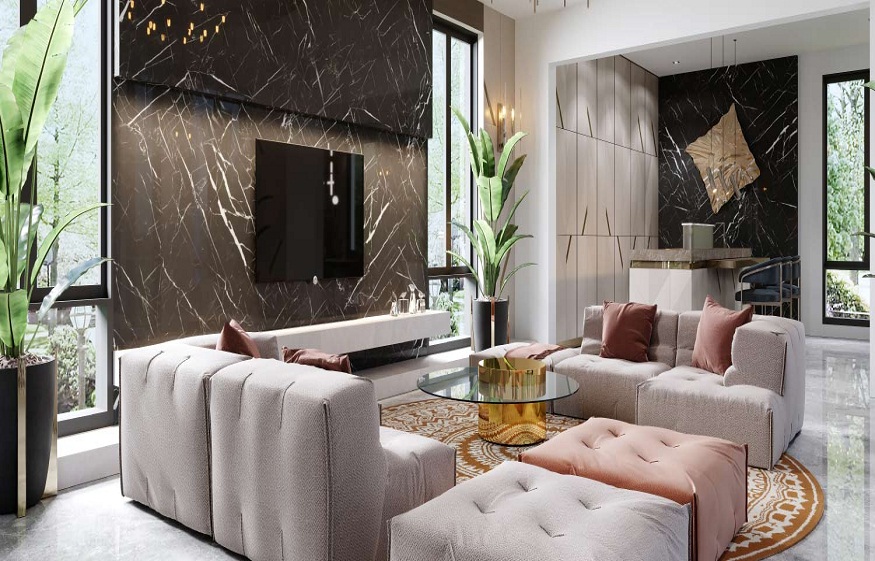
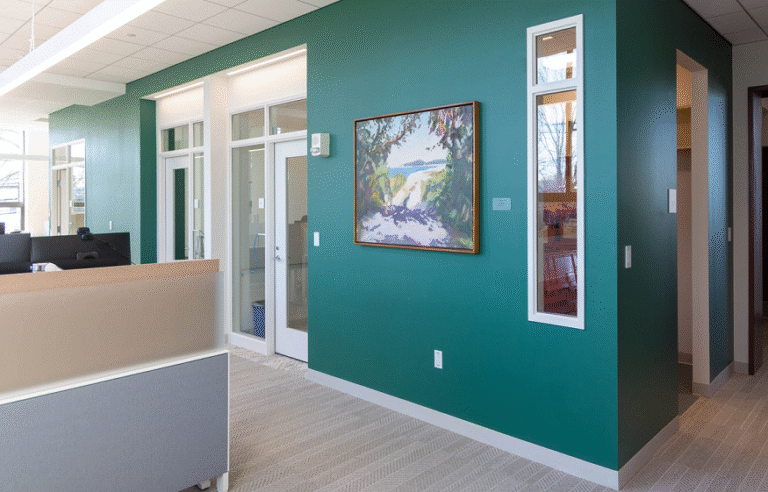
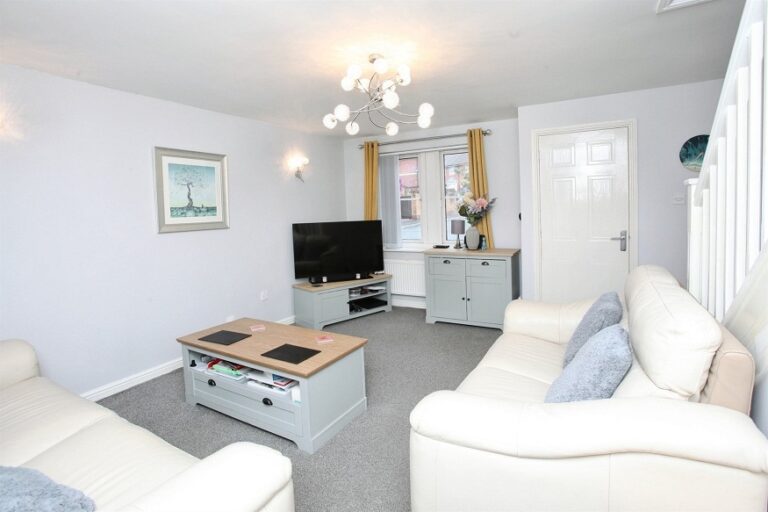

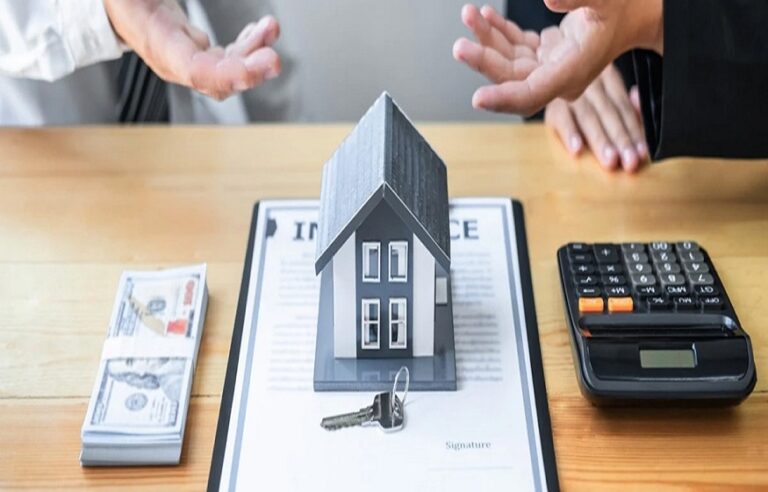
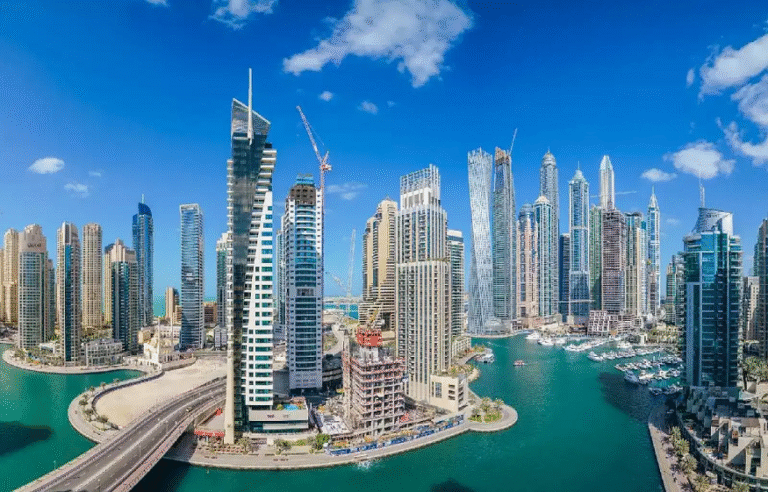
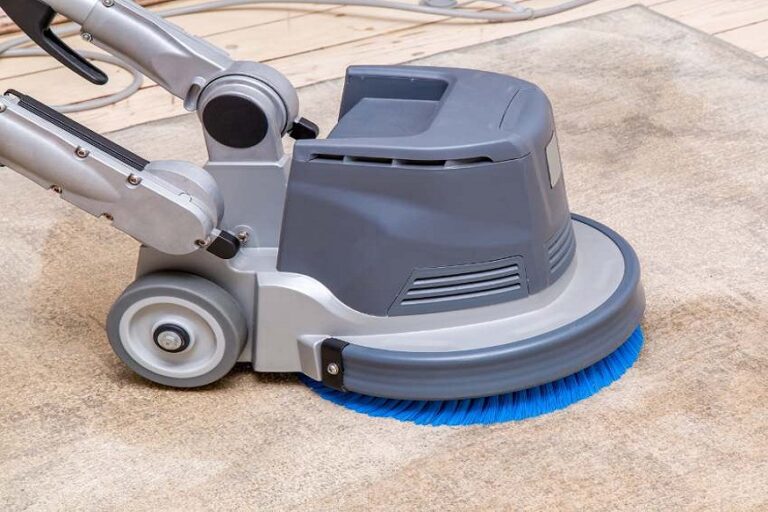

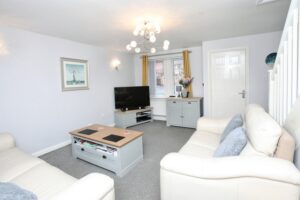
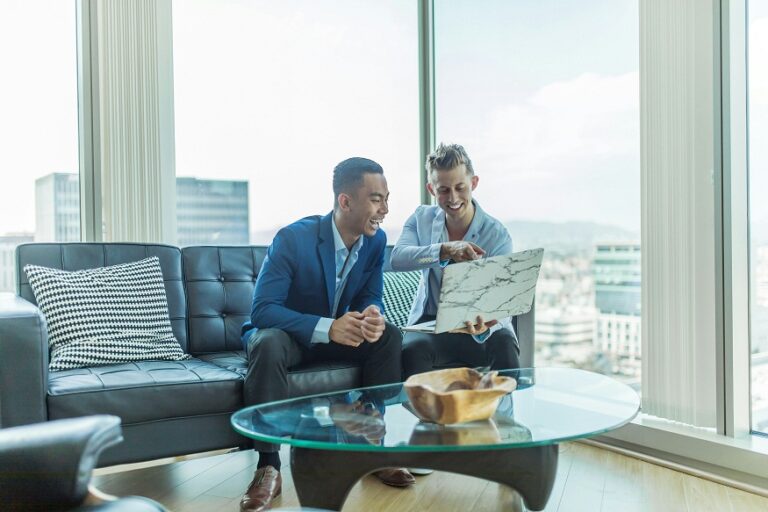
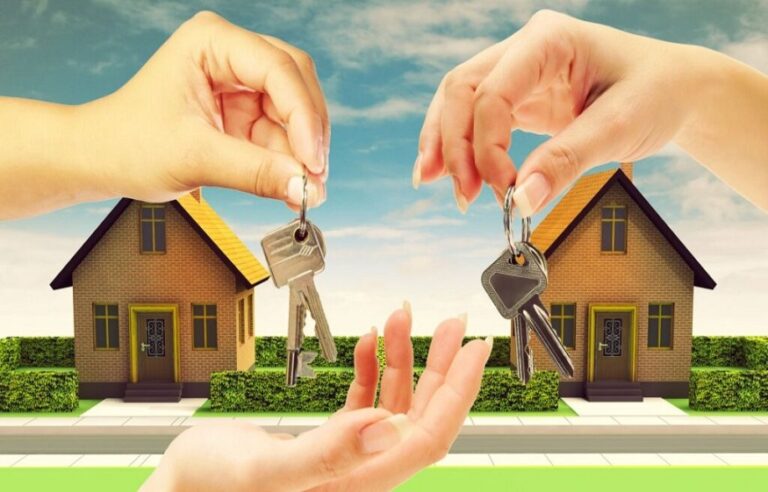
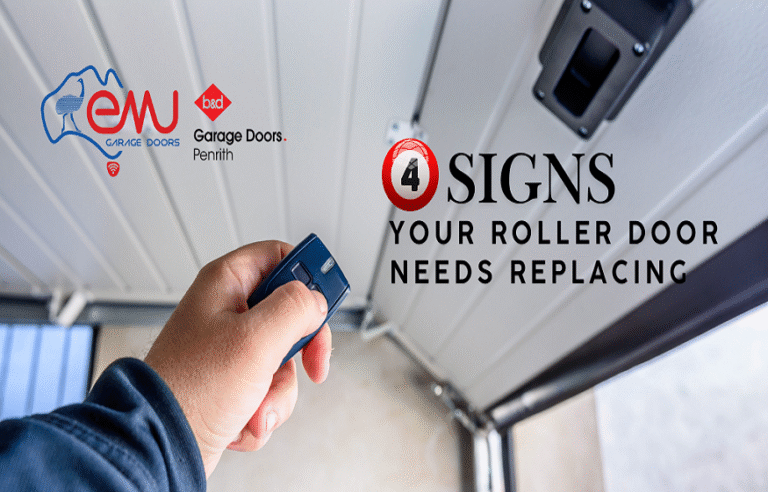
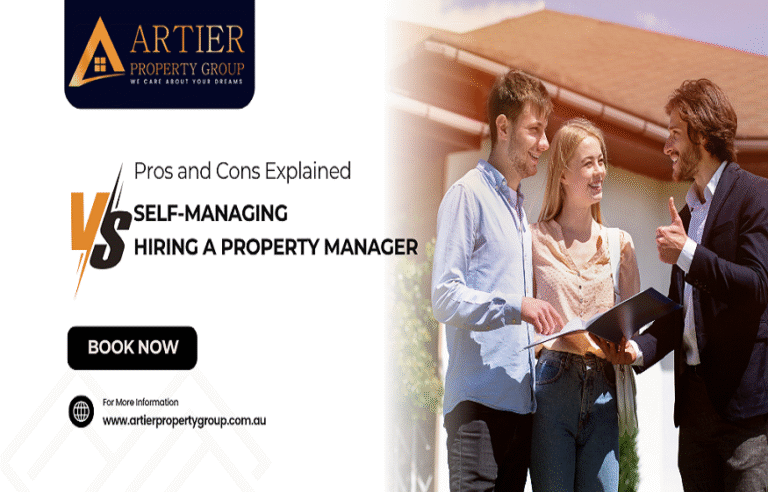
+ There are no comments
Add yours